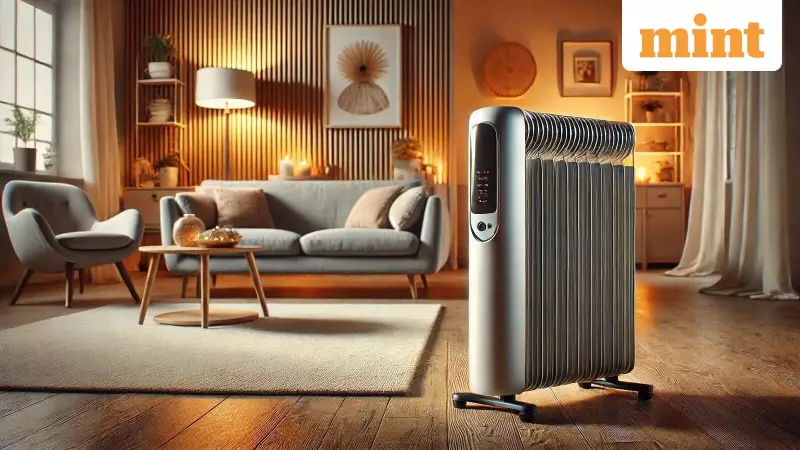
As winter tightens its grip across India, the familiar hum of room heaters returns to households. These portable devices offer quick relief from the biting cold, especially during chilly mornings and late evenings. However, improper placement can transform your source of comfort into a serious safety threat.
Why Heater Placement Matters
Electric heaters provide instant warmth but demand careful handling. Overheating, fire hazards, and short circuits become real risks when heaters are placed incorrectly. Homes with compact spaces, heavy curtains, and wooden furniture require extra vigilance. Your heater's location is as crucial as its operation.
8 Hazardous Locations for Your Heater
1. Near Curtains and Soft Furnishings
Many families position heaters near sofas or windows for immediate warmth. This common practice poses significant danger as curtains, bedsheets, and upholstery can easily ignite. Maintain at least one metre distance between your heater and any fabric materials to ensure proper airflow and prevent accidents.
2. Bathrooms and Damp Areas
While bathrooms become particularly cold during winter, mixing heaters with moisture creates perfect conditions for electric shocks and short circuits. Even minor water exposure near plug points can be hazardous. Only use professionally installed, waterproof models specifically certified for wet areas.
3. Under Windows and Near Doors
Placing heaters near entry points forces them to work harder against cold drafts, resulting in higher electricity bills and reduced efficiency. Choose central locations on interior walls for consistent, energy-saving warmth throughout the room.
4. Soft or Uneven Surfaces
Carpets and tilted surfaces block ventilation and create tipping hazards. Always position your heater on flat, solid surfaces like tiles or concrete. In homes with children or pets, select low-traffic corners to prevent accidental knocks.
5. Close to Flammable Items
Using heaters for drying clothes or warming newspapers might seem convenient but proves extremely dangerous. Fabrics, paper, and plastic materials can gradually heat up and ignite. Keep heaters away from clotheslines, storage areas, and any combustible materials.
6. Large or Open Spaces
Electric heaters perform best in enclosed, insulated rooms. Using them in balconies, verandas, or large halls wastes electricity without providing effective warmth. Close windows and doors to create smaller, heat-retaining spaces for optimal performance.
7. Walkways and Doorways
High-traffic areas increase the risk of people tripping over heaters, potentially causing burns, fires, or device damage. Keep heaters away from pathways and ensure cords don't stretch across floors where family members walk frequently.
8. Dusty or Cluttered Corners
Storerooms and dusty areas might appear convenient but accumulated dust can burn, produce foul odors, or even catch fire. Maintain clean, well-ventilated spaces around your heater and avoid areas storing flammable materials like paint.
Finding the Perfect Heater Spot
Now that we've identified dangerous locations, let's explore ideal placement strategies. Position portable heaters in room centers for even heat distribution. Choose small, well-insulated spaces where warmth remains trapped. Always use flat, stable surfaces and avoid high-traffic zones. For wall-mounted models, install them on clear walls following manufacturer safety guidelines, ideally below windows to counter cold air entry. Ensure adequate ventilation around the device and never leave heaters unattended while sleeping or away from home.
By following these essential safety guidelines, you can enjoy comfortable warmth throughout winter while protecting your home and loved ones from potential hazards. Remember that proper heater placement ensures both efficiency and peace of mind during the cold season.





